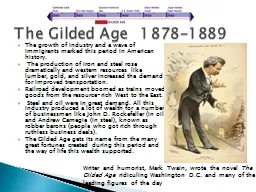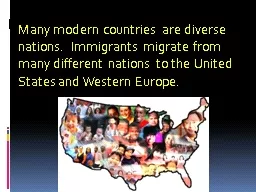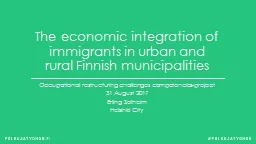PPT-The growth of industry and a wave of immigrants marked this
Author : olivia-moreira | Published Date : 2017-03-30
The production of iron and steel rose dramatically and western resources like lumber gold and silver increased the demand for improved transportation Railroad
Presentation Embed Code
Download Presentation
Download Presentation The PPT/PDF document "The growth of industry and a wave of imm..." is the property of its rightful owner. Permission is granted to download and print the materials on this website for personal, non-commercial use only, and to display it on your personal computer provided you do not modify the materials and that you retain all copyright notices contained in the materials. By downloading content from our website, you accept the terms of this agreement.
The growth of industry and a wave of immigrants marked this: Transcript
Download Rules Of Document
"The growth of industry and a wave of immigrants marked this"The content belongs to its owner. You may download and print it for personal use, without modification, and keep all copyright notices. By downloading, you agree to these terms.
Related Documents














